The Americans were after them, so they literally dug themselves underground, to stay safe. They would stay for weeks in the rambling, dark and narrow underground tunnels. They were the communist Viet Cong and the tunnels became known as the Cu Chi Tunnels. Barely able to squeeze through some sections, I am crawling through these same dark tunnels today.
In America it is always referred to as the 'Vietnam War'
. In communist controlled Vietnam it is referred to as the 'American War of Aggression'.
The most popular attraction in Saigon is The War Remnants Museum. The boys left on their bus back to Cambodia this morning and I take off, walking around Saigon to see a few things, including the museum.
There are artillery pieces in the courtyard of the museum. A U.S. tank sits on the grounds, along with some period aircraft, a 28-ton howitzer, and a collection of bomb parts.
This museum is run by the communist and as soon as you step on the property you are aware of the propaganda you will see throughout the museum. The 3 or 4 floors of the museum are filled with photos and artifacts from the Vietnam war (called "The American War of Aggression" throughout the museum). There is a tiger cage inside. The signs inform you this is the way the Americans caged the Viet Cong prisioners.
All 4 floors of the museum have photos of the Americans torturing their prisoners
. There are pictures of the victims of Agent Orange that was used to defoliate the forests. Posters with quotes of American politicians or actors or actresses, condemning the U.S. for their "War of Aggression" against the Vietnamese people are hung on the walls, next to pictures of Americans murdering or torturing civilians.
Everything I read about it, and everyone I have talked to so far says the same thing, it is pure communist propaganda. By the second floor I wish I had saved my money and time for something else and not come to this. But, since I am here I will finish the tour. I am sure there were atrocities committed by both sides, as there are in any war, but it's plain this is not an unbiased history of the war.
The next day I am on a tour to the Ho Chi Minh Tunnels outside the city. We stop along the way to visit a handicapped factory, where household items are made and painted by hand. The workers are the victims of Agent Orange
. Many civilians were affected by the fallout of the chemical used to kill the vegetation of the Vietnamese jungle, and many babies were born with deformities because of it. The things they turn out are beautiful, but will not fit into my backpack.
Ngo Dinh Diem, the anti-communist, catholic leader of the south, refused to hold elections in 1956. The border between North and South Vietnam was established at this time.
The communist government of the north, in Hanoi, named the Ngo Dinh Diem regime of the south an 'armed struggle' in 1960. The Viet Cong were formed to fight against the Saigon regime in the south. Hanoi invaded the south in 1964 and the U.S. committed its first combat fighting troops (to fight with the south) in 1965.
There were a lot of villages around Saigon that supported the Viet Cong during the war. The Americans went after them and this is when the Viet Cong went underground with their tunnel system
.
Our guide is 64 year old Ben. He is a south Vietnamese and fought with the Americans in the U.S. Navy. He tells us the history of the war as the bus travels to our destination. One of the first things he says is not to go to the War Museum. It is pure propaganda. Too late for me, I have already gone and I think many on the mini bus have as well. It is usually the thing to do before visiting the tunnels. He says the Viet Cong were ruthless in their murder and torture of prisioners, not the Americans or South Vietnamese. He give us many stories from the war he fought in.
Ben tells us the Viet Cong, being small framed people, could hide behind the trees unseen. When the Americans were upon them they would step out and ambush them, then retreat into the tunnels. He showed us some of the entrance holes into the tunnels. They were just big enough for a small person, like the Vietnamese, to fit through, and hidden by shrubs.
Upon arriving at the tunnels, Ben tells us to remember the tunnels are under the control of the communist and the video we see will be slanted in that direction
. Once the video is finished, Ben stands before us and shows us tools used to dig the tunnels, a basket and small shovel. He points to the display of the tunnels and points out how the rooms were used.
The Viet Cong used booby traps in the jungles to kill and maime the south Vietnamese and Americans. We got to see these on display. It would have been horrible to be caught in one of these booby traps. This was the guerrilla warfare that made the war in Vietnam so difficult for the U.S. troops.
There were 155 miles of tunnels dug around Saigon. The tunnels in places were as small as 2 1/2 feet tall and 2 1/2 feet wide, before opening into a larger area. The small Vietnamese could squeeze through, but not the larger Americans. There were as many as four levels to the tunnels. There were bathrooms, wells for water, meeting rooms and dorm rooms. There were also makeshift hospitals where operations were done using a torch for light and sharp pieces of ordinance for knives
.
There were times when the Viet Cong had to stay underground for weeks at a time, hiding from the Americans and South Vietnamese. They would have to lie flat on the floor to get enough oxygen to breathe.
The Americans developed a squad of soldiers called 'Tunnel Rats' trained to enter the tunnels to flush out the Viet Cong. They faced underground bombs and booby traps. The Viet Cong made the tunnels to twist and turn. When the American 'Tunnel Rats" turned a corner, the Viet Cong would fire on them before the American even saw them. The casualty rate of the Americans was astounding.
The small 2 1/2 foot sections of the tunnel also stopped the larger Americans soldiers. The Americans tried to flood the tunnels, our guide tells us. The Viet Cong had designed tunnel sections to catch water from above ground. The water, meant to flush the VC out, instead collected in these wells and provided water the Viet Cong used for bathing
.
The tunnels went to the river as an escape route. The Viet Cong would hear the U.S. boats coming and go out through the tunnels to the river. They would hide under the water, using bamboo tubes to breathe through. When the U.S. boats arrived they would come up out of the water and catch the soldiers by surprise. The Viet Cong had AK-47's, which fired fine after being under water. The Americans used the M-16. Once the M-16's got wet, during the monsoon season, the bullets would jam in the barrel, once more giving advantage to the Viet Cong.
With the Americans effort to win the tunnel war failing, the Americans evacuated the villagers into strategic hamlets and then used defoliant sprays and bulldozers to take away the cover from the Viet Cong. It was called the "scorched earth" operation, using Agent Orange.
We were allowed to crawl through the tunnels. The first part of the tunnel has been enlarged to allow the bigger sized westerners to go through a portion
. Then, you have to crawl through the original tunnels.
Ben calls me to the front of the group. He says he and I will make it through all the way, but the others will have a more difficult time. Once the enlarged tunnels end, though, there is an exit. Anyone that cannot go through the smaller tunnels can exit there. Several of us go all the way through the tunnels. I can squat as I walk, like a duck, and make it through, but by the time I get to the end my legs are exhausted. I can see where the small size of the Vietnamese would be an asset in these tunnels. Often they would lay on their stomachs for days, or squat, waiting for the Americans above to move on. Often the Americans did not know the tunnels were there and just thought the Viet Cong had left the area.
The Americans left Vietnam after the Paris Accord was signed in 1973. The North and South Vietnam were to retain the areas they had control of. Soon after the Americans left fighting began once more between the two
. Saigon fell to the communists on April 30, 1975.
Out of the 3.3 million Americans that fought in the Vietnam War between 1965 and 1973, over 57,000 were killed and 150,000 were wounded. Hanoi said 1 million communist troops died during the war.
Ben, our guide was an Officer in the U.S. Navy. Although Hanoi agreed in the Paris Peace Accord not to retaliate against the south Vietnamese that had fought against the north, once North Vietnam took Saigon, the Vietnamese that fought with the Americans were arrested and imprisoned. The imprisonment was called a repatriation program. Ben was arrested and spent five year in communist prison. He was made to dig out land mines while communist soldiers held K-47's on him. He served 5 years. He said he was one of the lucky ones that lived through the ordeal and didn't lose any limbs from the mines.
After his release form the prison, he returned to his home in Saigon, only to find his family gone
. A communist officer was living in his house. His bank account had been depleted and all his property had been compuscated by the communists.
Years later, once the internet became widely used, Ben was able to locate his family. His parents were dead and his brothers and sisters had fled the country for safety when the communists drove them from their homes.
Ben told us so many things about the war and the atrocities committed by the Viet Cong that you would not find in the museums or written history. I don't have the time to relate it all to you, but is was so very interesting and informative.
At the end of the tunnels Ben squatted and asked everyone to try the same. Some tried but could only sit like this for a few minutes. I didn't have too much trouble. He asked if we knew why the Viet Cong could sit in the tunnels like this for days and Westerners could not.
The Dark Tunnel
Wednesday, May 08, 2013
 Ho Chi Minh City, Bat Dambang, Vietnam
Ho Chi Minh City, Bat Dambang, Vietnam
Other Entries
-
67These Stats are Horrendous
Mar 1257 days prior Siem Reap Province, Cambodiaphoto_camera61videocam 2comment 2
Siem Reap Province, Cambodiaphoto_camera61videocam 2comment 2 -
68The Phantom Bus
Mar 1356 days prior Siem Reap Province, Cambodiaphoto_camera104videocam 1comment 0
Siem Reap Province, Cambodiaphoto_camera104videocam 1comment 0 -
69The Wedding - Cambodian Style
Mar 1455 days prior Banan, Cambodiaphoto_camera24videocam 1comment 0
Banan, Cambodiaphoto_camera24videocam 1comment 0 -
70The Bamboo Train
Mar 1554 days prior Banan, Cambodiaphoto_camera41videocam 6comment 0
Banan, Cambodiaphoto_camera41videocam 6comment 0 -
71The Story of a Lost Stick
Mar 1653 days prior Banan, Cambodiaphoto_camera117videocam 1comment 0
Banan, Cambodiaphoto_camera117videocam 1comment 0 -
72Dining Cambodian Style
Mar 1752 days prior Banan, Cambodiaphoto_camera65videocam 0comment 0
Banan, Cambodiaphoto_camera65videocam 0comment 0 -
73Blessed With Good Luck
Mar 2643 days prior Siem Reap, Cambodiaphoto_camera176videocam 7comment 0
Siem Reap, Cambodiaphoto_camera176videocam 7comment 0 -
74Nightmare in Cambodia
Mar 2940 days prior Battambang, Cambodiaphoto_camera63videocam 3comment 0
Battambang, Cambodiaphoto_camera63videocam 3comment 0 -
75A Dead City Comes to Life
Apr 0137 days prior Phnom Penh, Cambodiaphoto_camera120videocam 0comment 0
Phnom Penh, Cambodiaphoto_camera120videocam 0comment 0 -
76Torture in A School
Apr 0236 days prior Phnom Penh, Cambodiaphoto_camera113videocam 0comment 0
Phnom Penh, Cambodiaphoto_camera113videocam 0comment 0 -
77Killing Fields
Apr 0335 days prior Phnom Penh, Cambodiaphoto_camera57videocam 0comment 0
Phnom Penh, Cambodiaphoto_camera57videocam 0comment 0 -
78Lost in A Maze, In the Cambodian Mountains
Apr 0632 days prior Sen Monorom, Cambodiaphoto_camera101videocam 7comment 0
Sen Monorom, Cambodiaphoto_camera101videocam 7comment 0 -
79A Cambodian Birthday Party
Apr 1325 days prior Battambang, Cambodiaphoto_camera185videocam 2comment 0
Battambang, Cambodiaphoto_camera185videocam 2comment 0 -
80HAPPY NEW YEAR! "2557"
Apr 1424 days prior Banan, Cambodiaphoto_camera141videocam 12comment 0
Banan, Cambodiaphoto_camera141videocam 12comment 0 -
81It's A Lotus!
Apr 1523 days prior Quận 10, Vietnamphoto_camera107videocam 6comment 0
Quận 10, Vietnamphoto_camera107videocam 6comment 0 -
82Saigon - The Old and New
May 053 days prior Ho Chi Minh City, Vietnamphoto_camera51videocam 6comment 0
Ho Chi Minh City, Vietnamphoto_camera51videocam 6comment 0 -
83Stuck On A Boat in the Mekong Delta
May 062 days prior Ho Chi Minh City, Vietnamphoto_camera152videocam 11comment 0
Ho Chi Minh City, Vietnamphoto_camera152videocam 11comment 0 -
84The Dark Tunnel
May 08 Ho Chi Minh City, Vietnamphoto_camera85videocam 6comment 0
Ho Chi Minh City, Vietnamphoto_camera85videocam 6comment 0 -
85A Question Answered
May 091 day later Nha Trang, Vietnamphoto_camera142videocam 10comment 0
Nha Trang, Vietnamphoto_camera142videocam 10comment 0 -
86You Might Get A Call from Vietnam
May 124 days later Hoi An, Vietnamphoto_camera132videocam 0comment 4
Hoi An, Vietnamphoto_camera132videocam 0comment 4 -
87Just Call Me Captain From Now On
May 135 days later Hoi An, Vietnamphoto_camera170videocam 3comment 0
Hoi An, Vietnamphoto_camera170videocam 3comment 0 -
88Crossing the Border
Jun 0427 days later Pattaya, Thailandphoto_camera139videocam 2comment 0
Pattaya, Thailandphoto_camera139videocam 2comment 0 -
89I Can't Find A Tuk Tuk
Jun 1437 days later Jonesboro, United Statesphoto_camera7videocam 0comment 4
Jonesboro, United Statesphoto_camera7videocam 0comment 4 -
90Get Onboard!
Sep 03118 days later San Diego, United Statesphoto_camera6videocam 0comment 4
San Diego, United Statesphoto_camera6videocam 0comment 4 -
91As Beautiful As It Is Dangerous
Sep 05120 days later Kihei, United Statesphoto_camera114videocam 2comment 2
Kihei, United Statesphoto_camera114videocam 2comment 2 -
92A Walk In The Clouds
Sep 06121 days later Haleakala National Park, United Statesphoto_camera137videocam 2comment 3
Haleakala National Park, United Statesphoto_camera137videocam 2comment 3 -
93The Playground Called Waikiki
Sep 10125 days later Waikiki, United Statesphoto_camera60videocam 3comment 0
Waikiki, United Statesphoto_camera60videocam 3comment 0 -
94Today I Found A Diamond
Sep 11126 days later Waikiki, United Statesphoto_camera89videocam 1comment 0
Waikiki, United Statesphoto_camera89videocam 1comment 0 -
95"Don't Worry About It"
Sep 12127 days later Honolulu, United Statesphoto_camera135videocam 0comment 0
Honolulu, United Statesphoto_camera135videocam 0comment 0 -
96It's Friday the 13th - Does That Matter?
Sep 13128 days later Honolulu, United Statesphoto_camera55videocam 3comment 0
Honolulu, United Statesphoto_camera55videocam 3comment 0 -
97..........And The Skipper Too
Sep 14129 days later Waikiki, United Statesphoto_camera73videocam 10comment 0
Waikiki, United Statesphoto_camera73videocam 10comment 0 -
98As The Sun Sets
Sep 17132 days later Maui, United Statesphoto_camera101videocam 4comment 0
Maui, United Statesphoto_camera101videocam 4comment 0 -
99THE BED!
Sep 19134 days later Tokyo, Japanphoto_camera10videocam 0comment 2
Tokyo, Japanphoto_camera10videocam 0comment 2 -
100First Day in Tokyo
Sep 19134 days later Tokyo, Japanphoto_camera33videocam 1comment 3
Tokyo, Japanphoto_camera33videocam 1comment 3 -
101Iranians Like America
Sep 20135 days later Tokyo, Japanphoto_camera68videocam 2comment 2
Tokyo, Japanphoto_camera68videocam 2comment 2 -
102A Young Woman Passes Me A Note
Sep 21136 days later Nikko, Japanphoto_camera121videocam 0comment 2
Nikko, Japanphoto_camera121videocam 0comment 2

 Ho Chi Minh City, Bat Dambang, Vietnam
Ho Chi Minh City, Bat Dambang, Vietnam
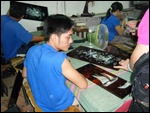
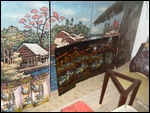
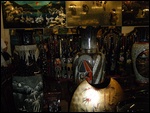
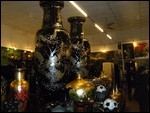
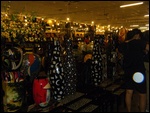
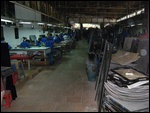
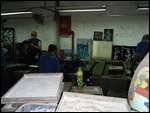
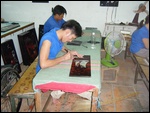
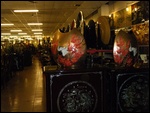





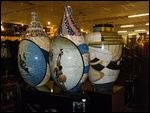
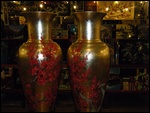

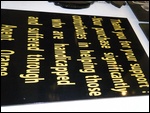
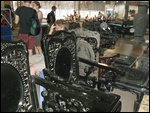


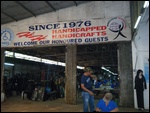
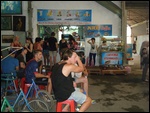
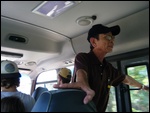
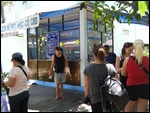
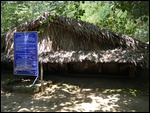
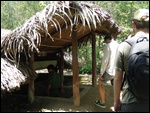
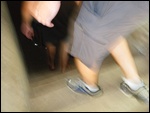
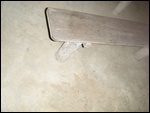
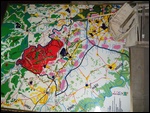
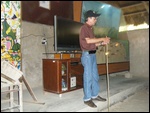
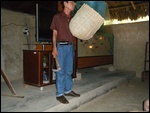
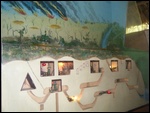

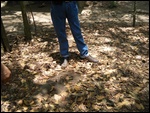
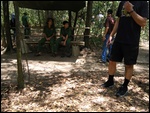
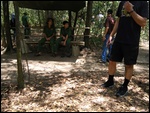
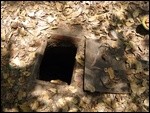

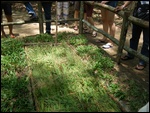
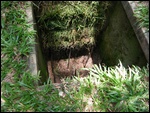
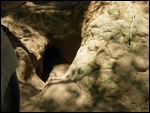
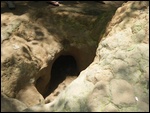
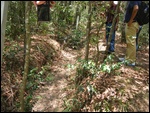
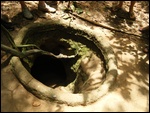
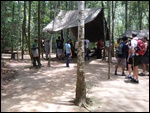
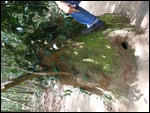
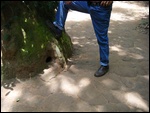

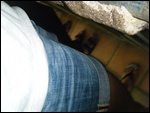
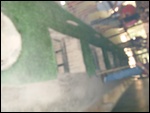
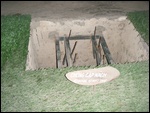
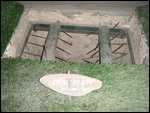
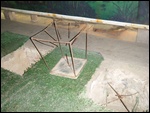
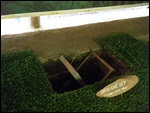
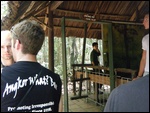
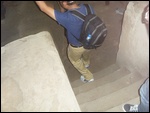
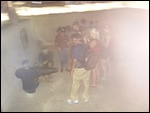
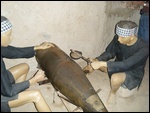
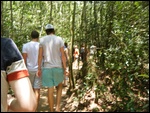
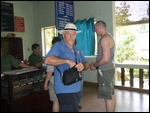
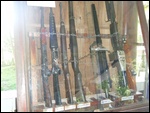
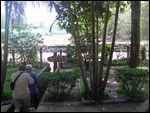

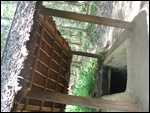
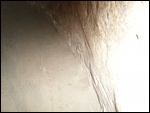
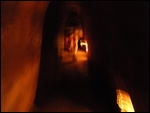
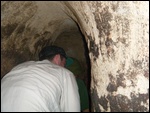
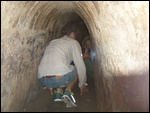
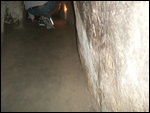
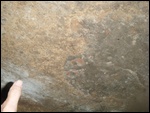
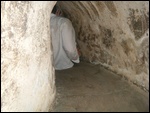
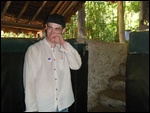

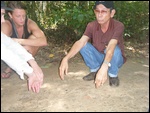
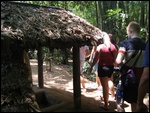
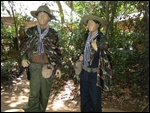
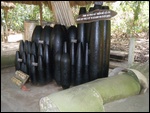
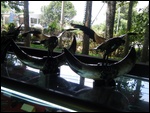
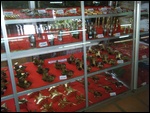
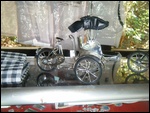
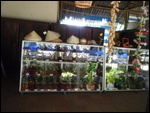
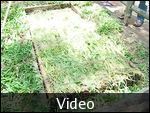
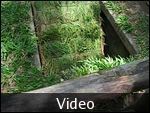
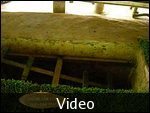
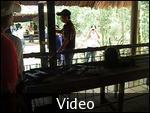
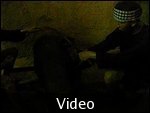
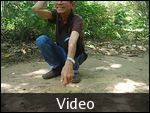
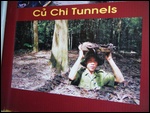
2025-05-22